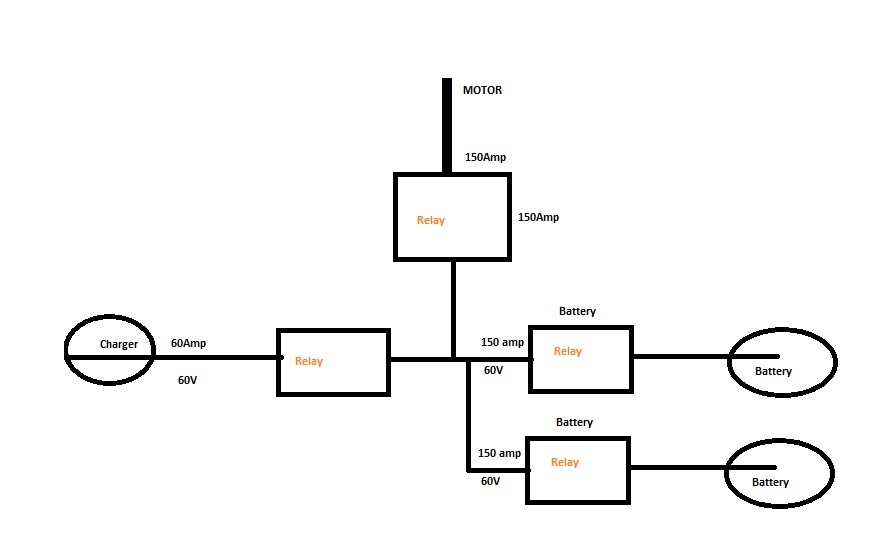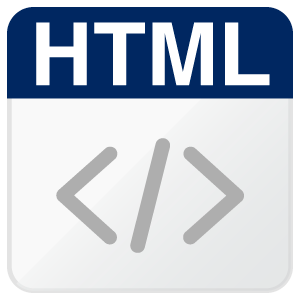Other Parts Discussed in Thread: SN6501, TPS2490, LM5066, LM5069
Hi TI Team,
Could you please share a explanation on Precharge circuitry in the PMP8740 Design file.
how precharge take place . How much current pass to battery in precharge condition.
How to set a precharge current in the circuirty if i need to charge the precharge current
How to drive the sr mosfet bank if i dont have buck converter switch signal AD18 V float.
How to turn off precharge .is there any other way to add a precharge circuitry.





